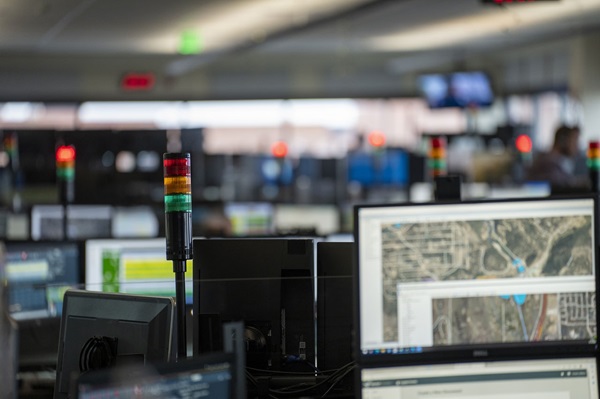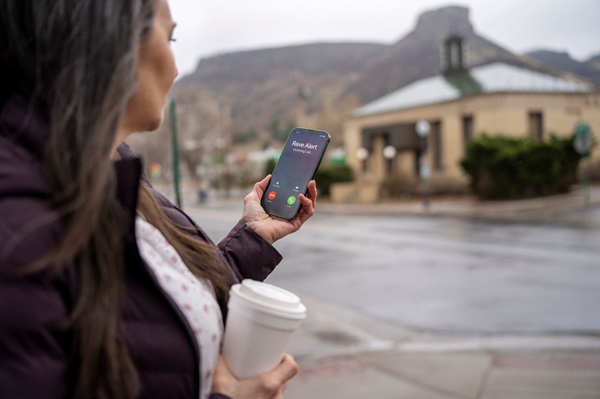Last year, assaults against healthcare workers hit an all time high. With 75% of nearly 25,000 annual workplace assaults occurring in healthcare, it is the most common industry where this type of violence takes place. In a setting where workers are only trying to provide safety, they are oftentimes the most at risk. It may be because of their dedication to the task at hand that healthcare workers have a shocking rate of under reporting. The American Journal of Managed Care found that only 30% of nurses and 26% of emergency department physicians have reported incidents of violence even though, collectively, over half of them have experienced assault.
How Do We Protect Those Who Work To Protect Us?
As society benefits from the unwavering support of healthcare workers, it is imperative that we find innovative ways to protect them while on the job, especially as they embark on a cultural shift that is encouraging of reporting assaults, and changing the narrative.
With the Safe Hospitals ecosystem, technology works together with hospital security teams to ensure the fastest and safest response to incidents before they become emergencies. Here are five ways that technology protects healthcare workers:
- Video Security and Analytics Identify Threats and Record Evidence: Fixed video security cameras equipped with analytics enable capabilities that proactively monitor for various situations that have potential to become dangerous. Unusual activity detection can identify an unruly patient or a trespasser in a sensitive area, while license plate recognition can alert security of a banned individual making their way on campus. When threats are proactively detected, they can be stopped before an incident or emergency occurs. In an event where an incident does occur, security teams can approach the scene with body worn cameras that collect evidence and provide real time situational awareness to local police.
- Incident Reporting Paves the Way to a Safer Hospital: In healthcare, medical errors are reported by HCWs so that facilities can fix problems in the system and ensure that the same error cannot be made again. We believe that security threats should be treated the same way. If a threat, incident, or emergency occurs — it should be reported with the utmost amount of context and evidence so that progress is made, workers are protected, and that situation is intercepted in the future. Incident records can be automatically initiated with customizable record fields and multimedia attachments, all accessible from web-enabled devices. This ensures that in situations where a victim of assault may feel timid about reporting, there is recorded evidence that will help them in the process of protecting themselves, as well as their colleagues.
- Voice Communications Keep Staff Connected: When security has been alerted of an incident, the nearest security resources can be dispatched with location and images of the situation. This can be achieved with leading edge two-way radio technology with features made to cut through the noise of a bustling emergency room, the convenience of push-to-talk communications on a mobile phone, and the ability to integrate both options. This keeps teams connected no matter the device. Ensuring that hospital security can keep connected to their team and offsite resources such as local police, with the device of their choosing, is essential for getting notifications communicated to all relevant parties and stopping a security threat in its tracks.
- Access Control Capabilities Provide Situational Awareness: Unfortunately, some of the most sensitive areas in a hospital are the most targeted by criminals. Medication storage areas and birthing centers are just a few of the areas that a healthcare worker should never have to be surprised by the encounter of a dangerous individual prepared to commit a crime. Access control points provide an added layer of safety by keeping out unwanted individuals and only providing access to those who need to be there.
- Automation Enables the Quickest Response: Whether a security team is using technology to respond to a detected threat, or an incident in action, an instant response is one of the most important aspects of keeping workers and patients safe. Automating alerts and analytic notifications to go from video security like body worn camera or fixed video to radios and devices of one’s choice, is a key enabler of a safe environment. This ensures that security teams are getting the help they need at the demanding task of securing and monitoring an entire health care facility. Automation eliminates bogged down processes and allows security to prevent incidents in the first place — but still having the ability to change the trajectory of a moment while still in that moment.
Learn more about the Safe Hospitals ecosystem.




